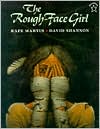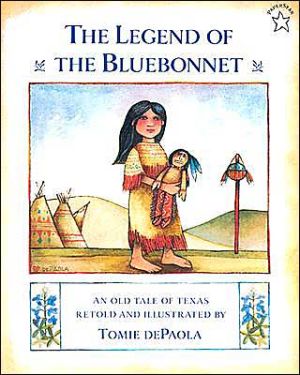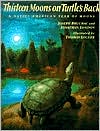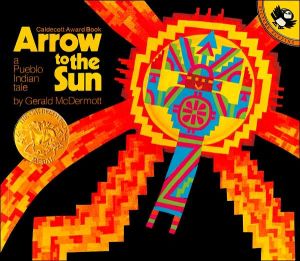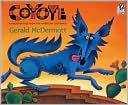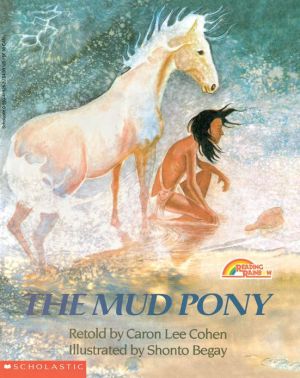Lost Children: The Boys Who Were Neglected
Based on Blackfoot Indian myth, this tale movingly reminds readers that all children are sacred. Six orphaned brothers, neglected by their people and taunted by their peers, abandon the Earth for the Above World where they become the constellation known as the Pleiades. Full color.\ \ A Blackfoot Indian legend in which six neglected orphaned brothers decide to go to the Above World where they become the constellation of the "Lost Children," or Pleiades.\
Search in google:
Based on Blackfoot Indian myth, this tale movingly reminds readers that all children are sacred. Six orphaned brothers, neglected by their people and taunted by their peers, abandon the Earth for the Above World where they become the constellation known as the Pleiades. Full color.Publishers WeeklyIn this retelling of a Blackfoot Indian legend, six neglected orphans become stars. "Goble tells the myth with earnest simplicity, a gentle cadence to his words imbuing the text with particular significance. His illustrations-dazzling in color, crisp and clean in design-prove typically arresting," said PW. All ages. (June)
\ Publishers Weekly\ - Publisher's Weekly\ Based on a sacred myth of the Blackfoot Indians, this handsome picture book tells of six brothers sadly neglected by their contemporaries. Orphaned at an early age, clothed in rags and heaped with scorn, the boys ``did not wish to be people any longer.'' They decided to become stars (``we will always be beautiful'') and rose into the night sky to be with Father Sun and Mother Moon--myth has it that they were transformed into the Pleiades. Goble tells this story with earnest simplicity, a gentle cadence to his words imbuing the text with particular significance. His illustrations--dazzling in color, crisp and clean in design--prove typically arresting. Especially noteworthy are his scrupulously depicted tipis; an addendum explains the meaning of their symbols. Cars painted alongside the tipis in the final scene add a potent contemporary touch. Tied in with the message here--the importance of love for others--is a timely, subtle allusion to the plight of the homeless: ``They slept and ate in one place today, and another tomorrow, and they were always hungry. Their only clothes were what people had discarded.'' All ages. (Mar.)\ \ \ \ \ Publishers Weekly\ - Publisher's Weekly\ In this retelling of a Blackfoot Indian legend, six neglected orphans become stars. "Goble tells the myth with earnest simplicity, a gentle cadence to his words imbuing the text with particular significance. His illustrations-dazzling in color, crisp and clean in design-prove typically arresting," said PW. All ages. (June)\ \ \ Children's Literature\ - Marilyn Courtot\ Told and illustrated in Goble's distinctive style, this Blackfoot Indian legend that explains the creation of the Pleiades or "Lost Children" when six neglected orphaned brothers decide to go to the "Above World.". A National Council for the Social Studies Notable book.\ \ \ \ \ School Library JournalGr 3-5-- A sacred tale of the Blackfoot, The Lost Children tells of six orphaned brothers, neglected by their people, given grudging charity, taunted and scorned by other children. They are befriended only by the camp dogs. At last the boys, tired of the unkindness around them, go to the Above World, where they become the stars we call the Pleiades. Sun Man punishes the neglectful people with a drought, but he listens to the dogs' plea that it end when the animals, too, suffer. (The dogs become the small stars clustered around the Pleiades.) The retelling is spare and direct, the more affecting for its complete lack of sentimentality. There is an extensive list of sources and notes on both the story and on tipi-painting. These notes help readers to understand Blackfoot artistry and values, and add meaning to Goble's depiction. Unchanging in the bright, bold geometry of his instantly recognizable style, Goble's work here, as in the past, is notable both for its graphic design and for the narrative it adorns. --Patricia Dooley, University of Washington, Seattle\ \

